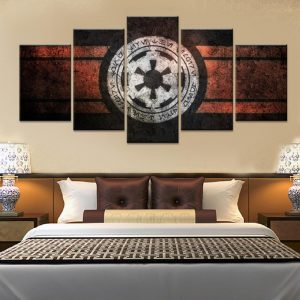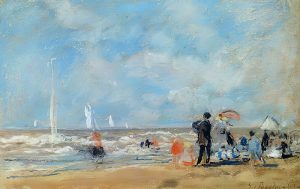Investing in Quality Wall Art: Why It’s Worth the Splurge
When it comes to decorating our homes, we often overlook the importance of wall art. However, investing in quality wall art can completely transform your space and make it feel more personalized and unique. While it may seem like a splurge at first, the benefits of investing in quality pieces far outweigh the costs.
Here are some reasons why investing in quality wall art is worth it:
1. Adds Personality to Your Space
Wall art is an excellent way to add personality to your space. Whether you prefer abstract paintings or vintage posters, the right piece can reflect your taste and style. A well-chosen piece of wall art can make your space feel more personal and welcoming.
2. Enhances Your Home’s Aesthetics
Quality wall art can enhance the aesthetics of your home by adding color, texture, and dimension. The right piece can tie together different elements of your decor and create a cohesive look throughout your space.
3. Sparks Conversation
Wall art is an excellent conversation starter when guests come over. Good quality pieces are often thought-provoking or inspiring and can naturally spark discussion among people who view them.
4. Can Be a Good Investment
In addition to being aesthetically pleasing, some pieces of wall art can be valuable investments over time if they appreciate in value or become highly sought after by collectors.
5. Lasts for Generations
Quality wall art is designed to last for generations with proper care and maintenance. Unlike mass-produced prints that quickly fade or deteriorate, original works created by skilled artists are made with high-quality materials that stand the test of time.
6. Supports Artists’ Work
Investing in quality wall art supports artists’ work by enabling them to continue creating beautiful pieces for other people to enjoy.
If you’re ready to invest in quality wall art but don’t know where to start, here are some tips to keep in mind:
– Consider the size of your space and the wall art you want to display. A large piece of wall art may overwhelm a small room, while a small piece may not make enough of an impact in a larger space.
– Think about the colors and style of your existing decor. Choose pieces that complement or contrast with your current furnishings, depending on the look you’re going for.
– Look for original works by skilled artists or limited edition prints from reputable galleries. Avoid mass-produced prints that lack authenticity or originality.
In conclusion, investing in quality wall art is worth it because it adds personality to your space, enhances your home’s aesthetics, sparks conversation, can be a good investment, lasts for generations and supports artists’ work. So go ahead and splurge on that unique piece that speaks to you – it’s an investment you won’t regret!

